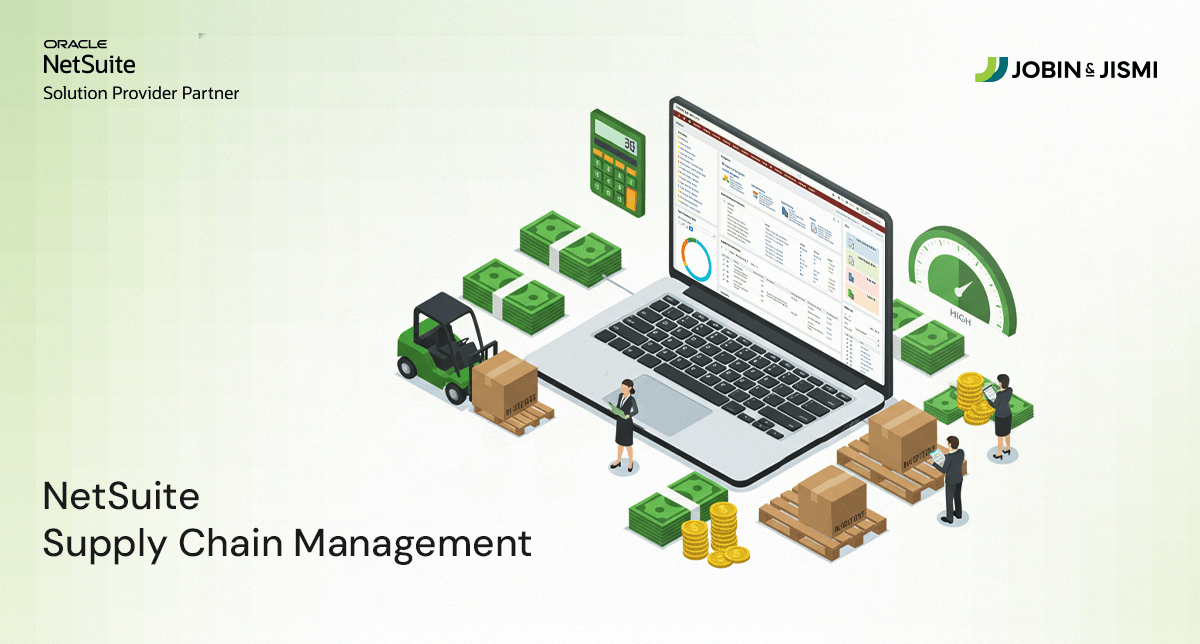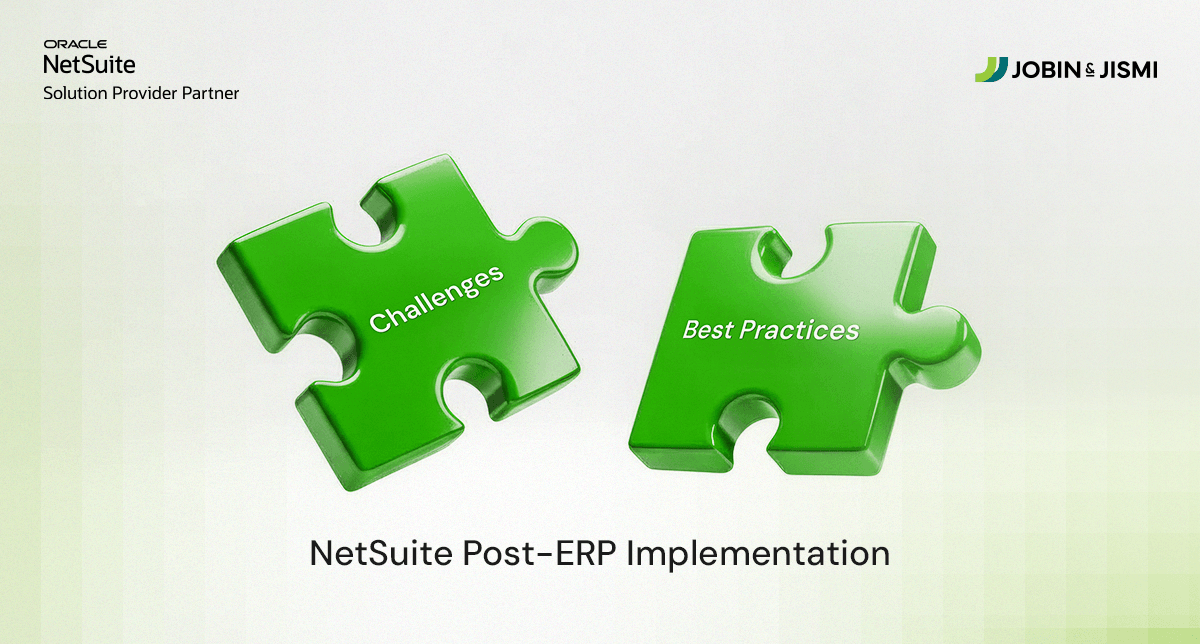Top 5+ Reasons For ERP Implementation Failure

Enterprise Resource Planning (ERP) is a software that automates core business functions. They include finance/accounting, supply chain , sales and marketing, and human resource.
Data available in ERP facilitates organizations to effectively analyze and make data-driven decisions. Many organizations implement ERP due to its benefits but terribly fail to use it properly. By not doing so, they fail to get the return on investment (ROI). This article examines the ERP implementation steps and possible failure scenarios.
ERP Implementation Process
ERP implementation denotes the process of installing ERP software within the infrastructure of your organization. It also involves migrating open/historical data to the new system, and training users. The duration of the process depends upon the modules, complexity and expertise of the implementer and availability of resources.
An ERP implementation has the following steps:
• Discovery and Planning
• Design and Development
• Testing
• Deployment
• Support
1. Discovery and Planning
A team of subject matter experts analyzes the requirements and needs of the new system. The group conducts individual and group questionnaire, use-cases preparation, documentation, prototyping, and observation.
After getting a clear idea about the business process, procedures, and policies of these SMEs, they define a plan. A well-established plan makes the process easier. Planning describes the type of activities that occur in each stage of the process. It also includes the time frame, required budget, and risk factors involved.
2. Design and Development
Detailed understanding and analysis of the current workflow of the business helps them to design a more efficient system. The development stage includes customizing software to support the new process, configuring the system and integrating with it.
3. Testing
Evaluate the functions added to the system and ensure if it works properly or not. This practice considerably reduces error. To ensure the different functional aspects and performance of the system, businesses need to perform various tests including. They include functionality test, integration test, performance test and validation test.
4. Deployment
Deployment includes go-live, loading your final data and validating your business process. For implementing an ERP, experts advise companies to choose implementation partners. They are usually well experienced and can help to implement ERP that perfectly aligns with the business process.
5. Support
Businesses may have trouble adapting to the new system post Go-live. Post-implementation support helps them overcome worries by making way for better user experience and maximum benefits.
Reasons for Implementation Failure
There are instances where ERP implementation fails completely or partially. The reasons for ERP implementation failures include lack of internal preparation, limited implementation design and requirement, and unprofessional implementation.
• Insufficient Requirements
Companies often make mistakes at the time of requirement gathering. The implementation team has to create a good understanding of internal and external resources. Careful selection ensures the completion of the project to avoid the implementation failure.
• Frequent Missing of the Timeline
Timing is key in the implementation. Missing the timeline leads to ineffective decision making. It also leads to stress within the team and creates incapacity to meet the desired objective.
• Lack of Training
Organizations often ignore the importance of training. It is necessary to train your key stakeholders and employees with the new system to avoid wastage of time. An ERP covers all the functional areas, hence basic awareness of the overall system working is necessary for users.
• Ineffective Communication Between Departments
Lack of communication between the management, project team, employees and vendors can lead to internal conflicts and inefficiencies. Employees get confused when they are not provided an answer to their questions and concerns about the system.
• Frequent Updates in Previously Defined Goal
The backbone of every project is the goal. A reasonable update is acceptable but a frequent update each time affects the entire system. An ongoing process cannot accolade new changes.
• Unrealistic Customization
In a Gap-fit scenario, customization of ERP satisfies the specific needs of a firm. However, at the same time, unrealistic customization results in complex processes and non-aligned business processes.
• Lack of a Steering Committee
One of the cardinal crimes behind each ERP failure is the lack of a steering committee. This committee has to review the feature/customization request and process flow enablement.
Employees and managers often make changes that fit their convenience. They do not depend on the role or business process. This creates unending feature requests and scope changes. Only a knowledgeable steering committee can control this situation.
• Unprofessional Implementation
Unprofessional implementation often leads to system failures. The first priority for implementing an ERP is having an expert team.
There is a cardinal factor behind many failed ERP implementations. The organizations constitute an internal team for implementation. The members of the team may not have first-hand implementation knowledge. They have expertise in the business process and not in the implementation process.
Implementing an ERP system costs both time and money for the business. One has to give equal importance to each and every phase of ERP implementation. Because a slight change will have a huge impact.
Choose the right implementation partner for a seamless implementation. Jobin & Jismi is an Oracle NetSuite alliance partner with more than 8 years of experience in NetSuite implementation services. We house NetSuite certified developers who are capable of providing world class services without delay. Get a quick quote today.
on LinkedIn




